Cultivation events are great ways to begin to qualify prospective donor relationships and deepen already existing donor relationships. Cultivation events should be a part of any individual giving.
However, when first getting started with a major gift program, most nonprofits often don’t know where to begin. And so, they don’t begin at all, leaving potential relationships left undeveloped.
The following are some steps that you can take to begin hosting cultivation events that build friends for your organization.
1 – Determine who is able to host such an event on your behalf (Board member, former board member, volunteer, current major donor, etc.), preferably in their home or another intimate gathering spot.
2 – Once you have secured a host and a location, work with the host to help them develop an invitation list. Yes, the idea of the event host is that they are willing to connect with and invite their networks.
3 – Once you have worked with the host to help them develop their guest list, then decide who you may want to invite as well.
First, determine who your audience is for this event. Is it prospective donors only? Is it current major donors? Is it foundation staff? Or, is it a combination of two or all three? Surely, the criteria to determine who makes this list should consider with whom you would like to deepen your already existing relationship and with whom you would like to develop a relationship.
Second, think about location. Is this cultivation event in a certain geographic region or area of a state? Which donors and/or prospective donors could you invite that are located in that general geographic area?
Cultivation events should not be treated as an “Open House.” They are not an “invite all and let’s see who attends” type of function. They need to be used strategically with the above two aims in mind. Deepen and develop relationships.
4 – Develop an invitation to be used for the event. The question then arises – should it be print or should it be electronic? Well, the answer is, it depends. It depends not on a cost factor, but more on the demographics of your intended audience and how they prefer to communicate. Some donors may respond better to a personal email from the host, while others will prefer a printed invitation or handwritten notecard. Do your research. Know who your donors are and their communication preferences.
5 – Once the invitations have gone out, develop event logistics regarding food and drinks, and then develop a program for the evening. Keep the program short but mission focused. If you can provide some form of emotional testimonial even better. And, don’t let folks leave empty-handed. Provide them with some type of information about your organization and a simple “call to action”, whether it is to make a small in-kind donation, volunteer opportunities, or something else.
6 – Follow-up the invitations with personal outreach. If you haven’t received an RSVP, then it is time to get on the telephone and make some phone calls. Let’s face it, your event is probably not top of mind for the donor. So, a quick call to find out if they received the invitation and whether or not they will attend is all that is needed to really boost your response rate. Don’t leave it to chance or you will have a poorly attended cultivation event.
Don’t let inertia get the best of you. These are the simple, easy steps that you need to take to begin the process of organizing your first cultivation event. Events such as these are about much more than picking a place and sending out a blast. You need to take the time and steps to think strategically about each aspect of the event planning and then commit to doing the follow-up.

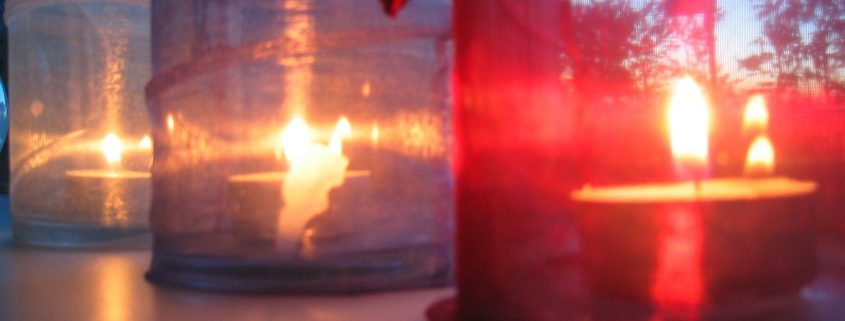
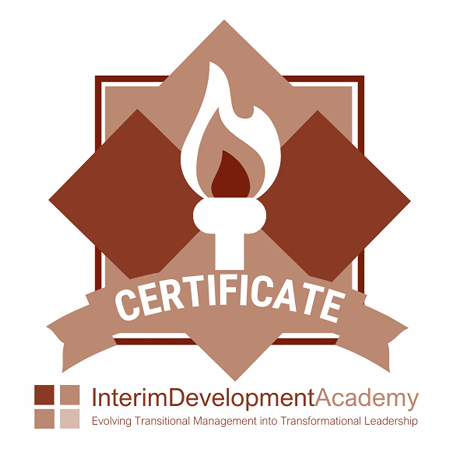

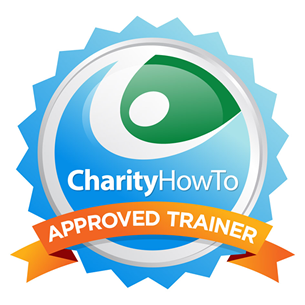
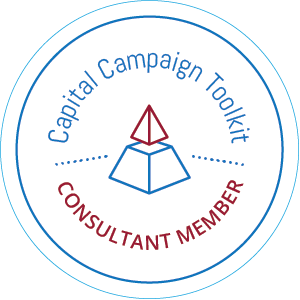

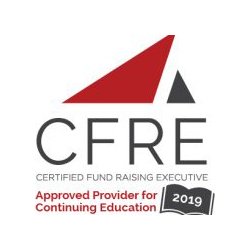



Leave a Reply
Want to join the discussion?Feel free to contribute!